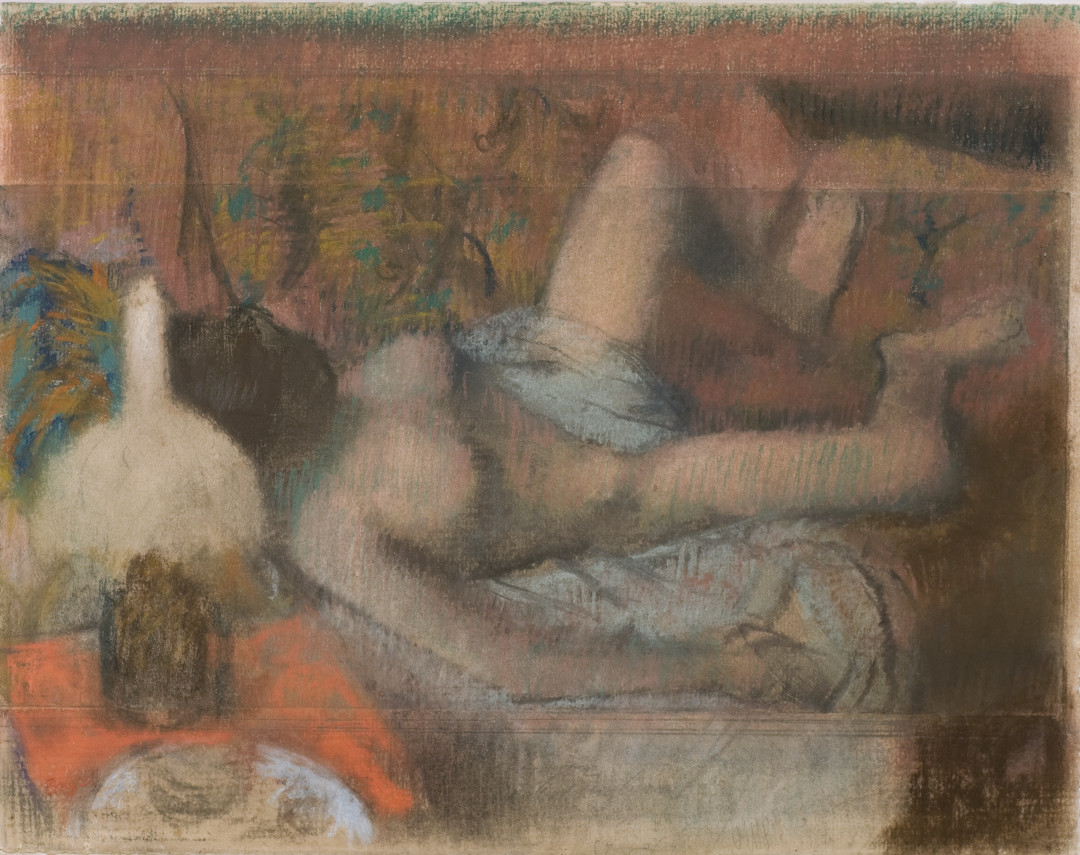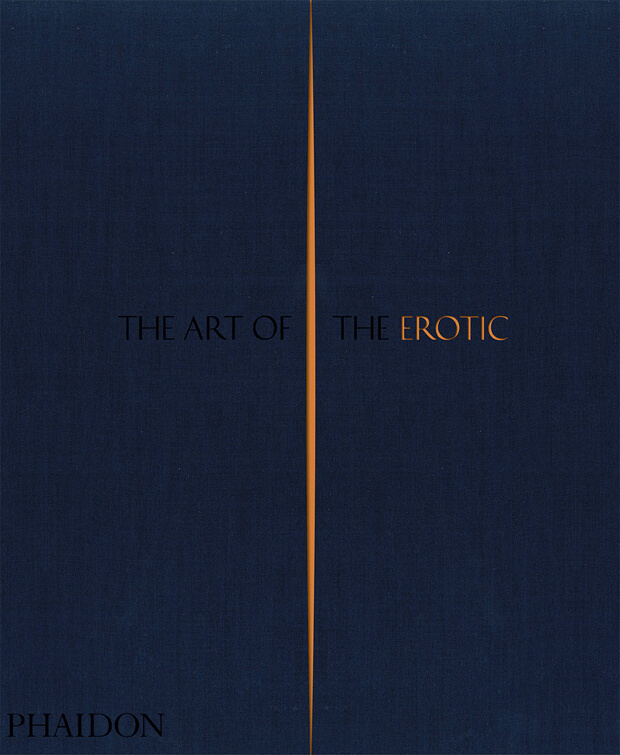
Who knew Degas did erotica?
On the artist's birthday, we look at how Degas moved away from Impressionism to pursue a private take on pleasure
Where does the line between lively, sensual documentation and a more detached sense of voyeurism lie in 19th Century art? Perhaps somewhere within the pastel strokes in this nude work by the French Impressionist Edgar Degas, who was born on this day, 19 July, in 1834.
"In the 1880s Edgar Degas embarked on a series of pastels and monotypes of women in interiors," we explain in our book The Art of the Erotic. "Showing women performing the mundane task of personal ablution, seen from unusual vantage points and often with tightly delimited space and radical cropping, these images might be said to share the ‘snapshot’ aesthetic and focus on everyday life of Degas’s fellow Impressionists."
However, this is where the common ground between Degas' ballet, opera and horse racing paintings – or indeed the simple, pleasurable, everyday scenes by Monet and Renoir – and this work ends.
"Degas, although he participated in all but one of the eight independent exhibitions between 1874 and 1886, is not easily harnessed to the Impressionist label, and works such as Femme nue couchée or Reclining Female Nude demonstrate why," explains our book. "A naked woman sprawls on white linens, part of which trail between her legs. "The awkward position, with legs akimbo and limp head and arm, suggests a turpitude born of sexual exhaustion, an idea that is furthered by the autoeroticism hinted at by the drapery between her splayed legs, which shows a trace outline of her left arm."

Though the work – according to some latter-day critics - might have depicted a prostitute, the image hasn't any of the ruddy camaraderie of, say Toulouse Lautrec's brothel scenes. It doesn't even seem as if the figure on view knows she is being observed. With these strange angles and viewpoints, Degas reduces the sexiness of his image, and the distance between the watcher and the watched.
"Sensuality is displaced to a certain degree from the body," concludes our book, "In the pastel, the rich tapestry of colour and surface texture makes a strong appeal to the tactile and visual senses, coaxing the eye to linger and enjoy before sliding to the next velvety passage."
For more on the fertile juncture between fine art and sex, get a copy of The Art of the Erotic here.